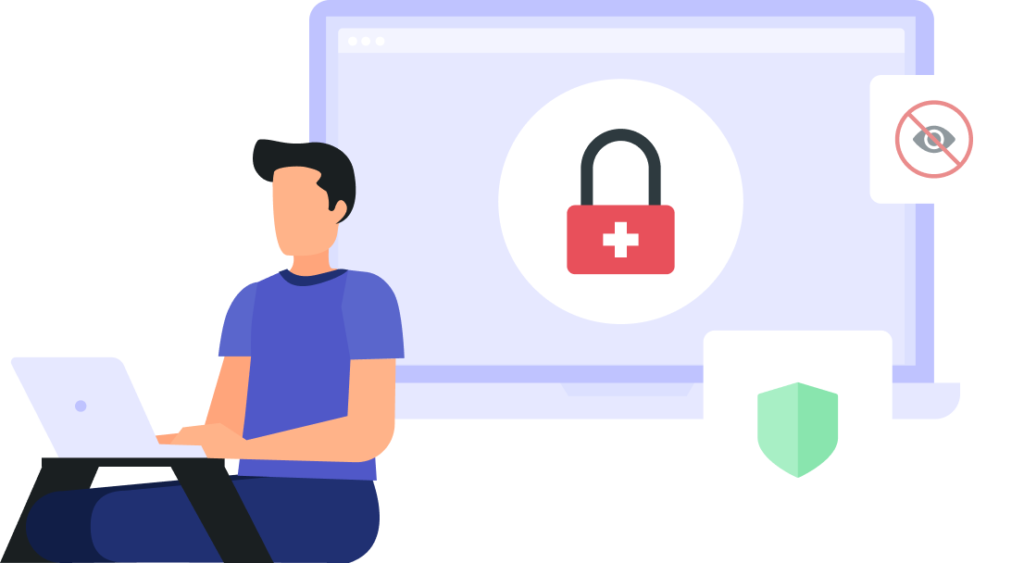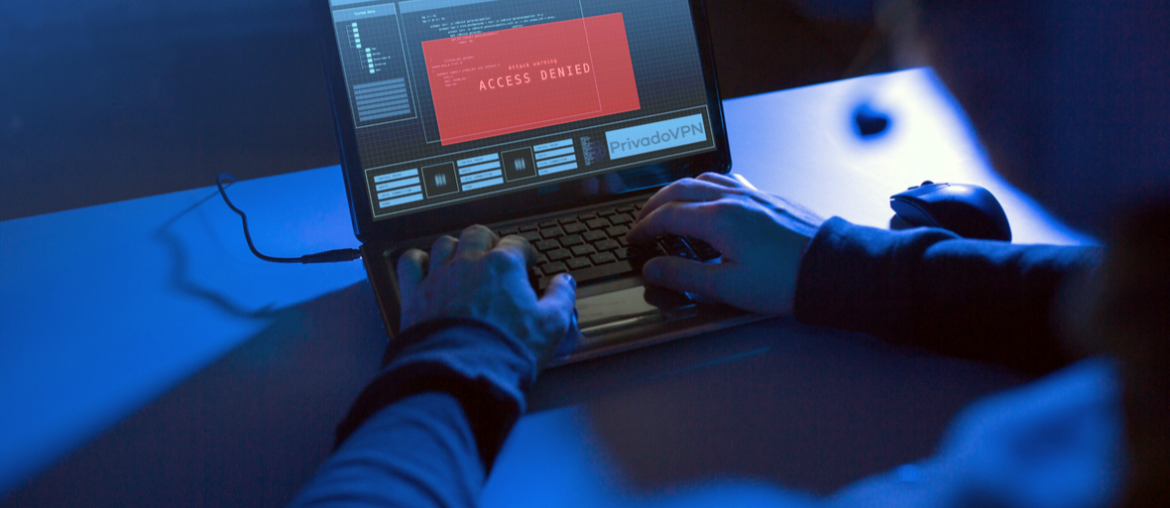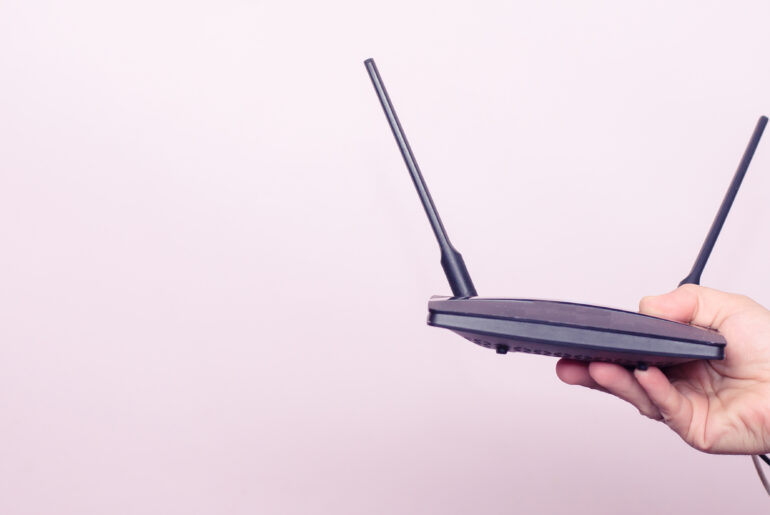Protecting your WiFi from cyber-attacks seems intimidating and difficult, but the process is not as confusing as you might think. When you think of cyber-attacks, you may think of malicious hackers breaking into your bank account or infiltrating your cellphone. While both of these can be true, there are other digital attacks that can be just as devastating. To ensure your privacy and protect your WiFi from cybercriminals, take a look at our blog for some important tips.
Is My WiFi Connection Protected?
The short answer: probably. When you purchase a router, manufacturers try to ensure that their products are as secure as possible. Unfortunately, there are times when manufacturers miss some cybersecurity vulnerabilities. These vulnerabilities give cybercriminals the opportunity to access your WiFi connection without your knowledge. When your WiFi router is attacked by a cybercriminal, they can obtain access to security cameras, smart devices, and more.
The best way to know whether your WiFi connection is protected is to identify some of the signs. Take a look below as we discuss some of the ways that you can determine whether your WiFi has been compromised.
Has My WiFi Been Hacked?
To learn whether there has been a hack on your WiFi there are some signs you can watch out for. Issues with the speed of your WiFi connection can indicate a non-functioning network. When websites crash or buffer for too long, this can also be a way to determine the status of your network.
If you want to explore the security of your home WiFi more thoroughly, you can try a few different methods.
Check Your Router Lights
Most routers will indicate whether or not they’re functional through the lights on the front of the device. These lights can vary in color, label, and location, but they all show you the status of your connection. One way to test out if someone else is using your WiFi is by checking these lights.
First, switch all of your devices to Airplane Mode: this includes smart devices, mobile phones, gaming consoles, TVs, watches, etc. Once you disconnect your router and your devices are off, check the lights on the front of your router. If the lights are lit-up or flashing, this is an indication that someone is using your WiFi connection.
Perform a Speed Test
Another popular method used to monitor the quality of your Internet connection is a speed test. These tests evaluate the speed of your WiFi and how quickly it can both upload and download data. Many different speed tests exist only, and you might even be able to use one created by your ISP. Providers like Xfinity, Spectrum, and AT&T have speed tests built into their websites. After you perform this test, you might wonder how to read the results. However, don’t worry if you aren’t sure of the correct speeds that your system should be running. After the speed test is complete, you’ll be able to tell when your speed is slower than it should be.
Go to Your Router’s Access Page
After you’ve checked your Internet speeds and monitored your router’s lights, there is another method you can try. This method requires you to visit the access page for your router. If you are unsure of how to reach your router’s access page, your user manual may come in handy. However, you can also type “http://” and then add your IP address to the address bar in any browser. Once you’ve typed that in, hit the Enter button on your keyboard. This will give you access to the router admin page, as well as devices that are available on your WiFi network.
How to Protect Your WiFi from Cybercriminals
If you’ve run these tests, you may learn that your system is in the hands of malicious cybercriminals. To prevent this and protect your WiFi from faceless cybercriminals, you can implement a few key changes to your network. These important habits include:
- Add a stronger password to your router: Use a password that is more than 15 characters long and doesn’t contain any known words in the dictionary. You can also use a password manager if you feel like you won’t remember such a long credential.
- Update the name of your router: Access the Settings tab on your router’s access page and locate where the router name is in the menu. From here, update the name to something memorable but not overly-personal.
- Add network encryption: When you send messages or files with encryption, you add a layer of protection to your data. This encryption allows you to obtain and distribute data more securely than normal. The encryption key helps scramble and unscramble data in between two users.
- Use a VPN: When you use a VPN on your WiFi network, you’re masking the activity you perform on that connection. This means that any actions you take while the VPN is on will be secure from prying eyes.
- Update your software: If you want to ensure that your hardware is strong enough for a cyber-attack, you should always update your software. Router software often goes overlooked, but it’s important to make sure that your devices are working properly.
No matter which option you select, it’s important to know how to reliably protect your WiFi connection from dangerous cyber-attacks. Your privacy and protection are important, and securing your WiFi against cybercriminals is a great first step in boosting your online security.

Secure Your WiFi Connection with PrivadoVPN
To protect your WiFi from cybercriminals, you need reliable software that can help you take control of your privacy. That’s where PrivadoVPN comes in. Our easy-to-use app makes it simple to protect yourself and ensure your private information is secure. Plus, with our premium plan, you can access secure global servers in 44+ countries, unlimited data, faster speeds, and so much more. PrivadoVPN is here to help you ensure that your online activity is safe and secure.
Want to learn more? Take a look at our amazing features and find out why thousands of users love working with PrivadoVPN.
Get PrivadoVPN Today
Sign up for unlimited VPN data, access to SOCKS5 proxy, and easy-to-use multi-device protection. Get started with PrivadoVPN now.




